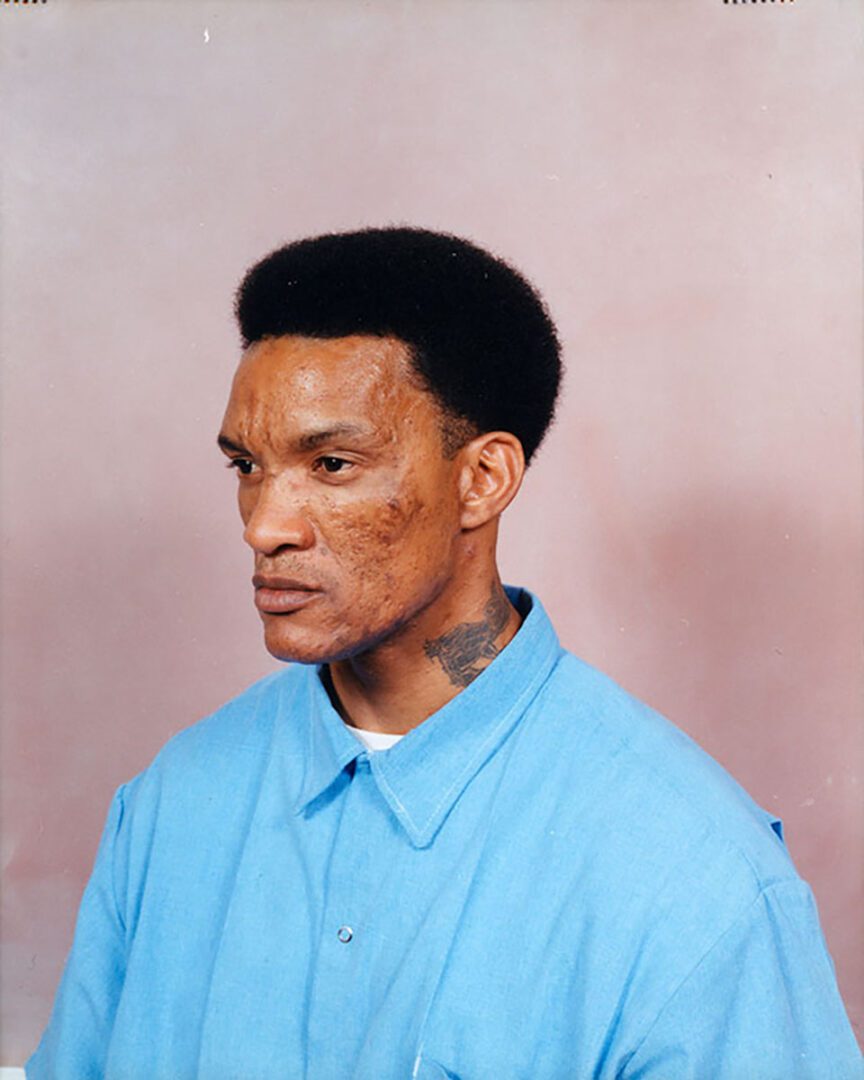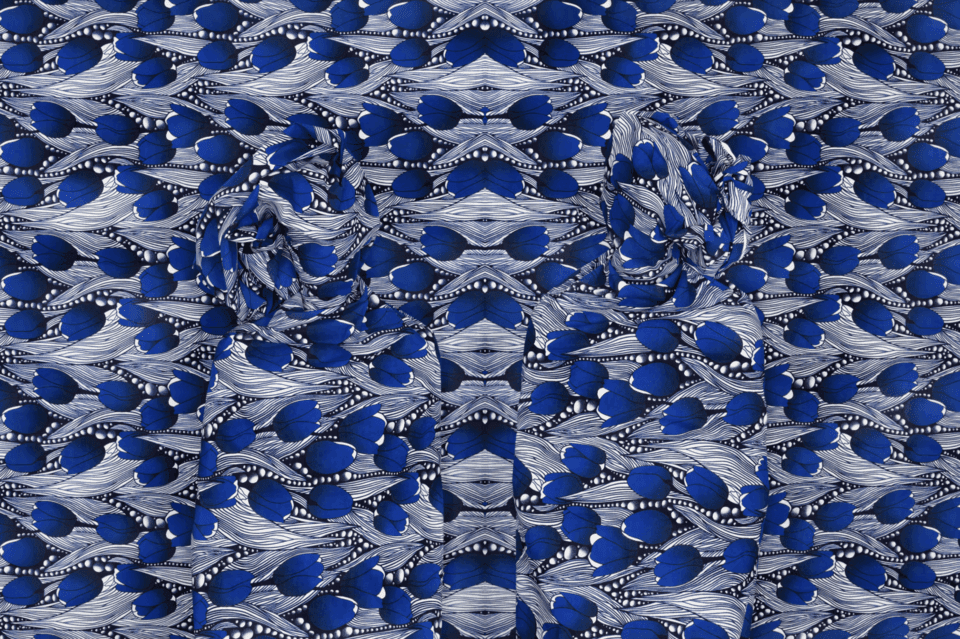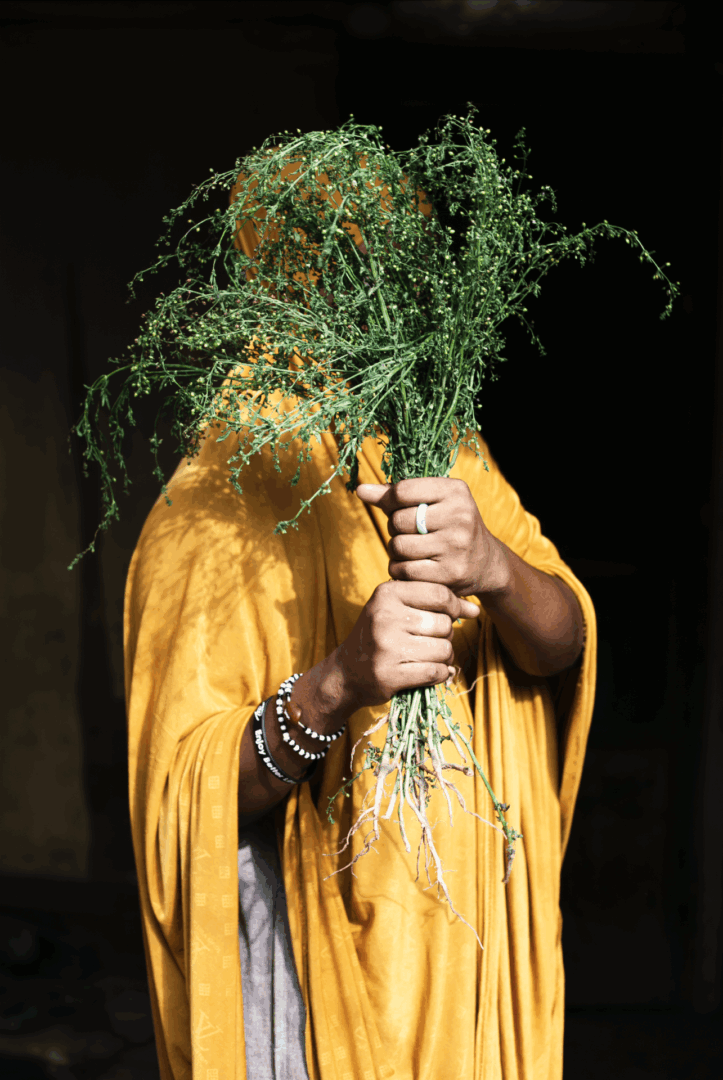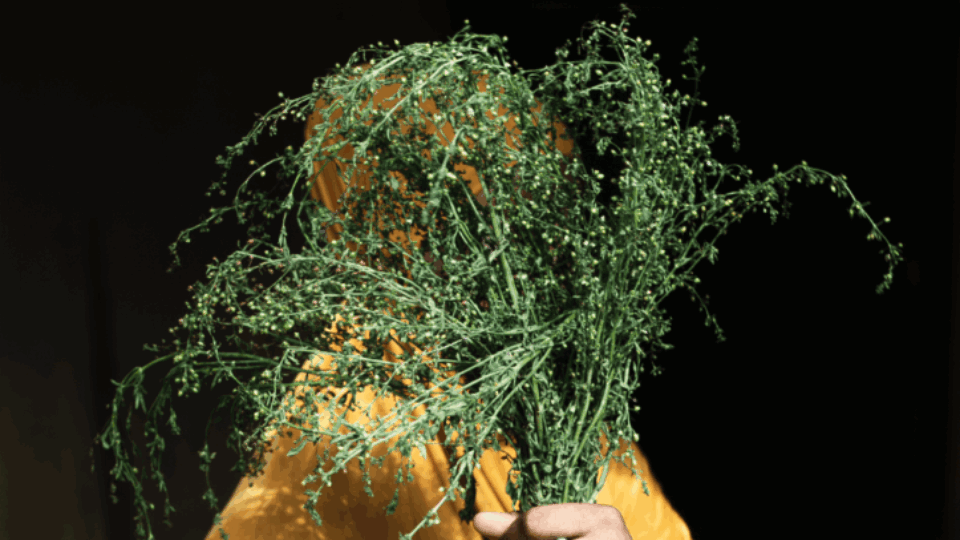Over the past two decades, photography fairs and festivals have become vital sites of cultural exchange, not merely market-driven showcases but stages for aesthetic innovation and critical dialogue. Paris Photo, founded in 1997, remains the world’s largest fair dedicated to the photographic medium. Each November, the Grand Palais Éphémère gathers galleries, publishers and institutions in a sprawling network that maps the medium’s past, present and future. In a parallel spirit but distinct in character, Photo London has become the UK’s preeminent photography event since its launch in 2015. Set in the neoclassical Somerset House, it functions as both a commercial and curatorial platform, with strong educational programming and public engagement. Further afield, Rencontres d’Arles in southern France offers a different model: founded in 1970, it is a city-wide summer festival where exhibitions transform chapels, warehouses and Roman theatres into temporary homes for the photographic image. What unites them is a recognition that photography, once peripheral in the art world, now commands a central place in global narratives.
Within this constellation of festivals, LagosPhoto has held a unique position since its founding in 2010 by the African Artists’ Foundation (AAF). Established as Nigeria’s first international festival of photography, it was conceived to provide a much-needed platform for African lens-based practitioners, creating visibility for artists both on the continent and in the diaspora. Under the visionary guidance of Azu Nwagbogu, LagosPhoto has steadily evolved into a forum where photography is not simply exhibited, but interrogated – its histories illuminated, its possibilities reimagined. In 2025, the festival enters a new phase. After 15 years, LagosPhoto relaunches as a biennial, signalling a shift toward slower, deeper engagement.

The inaugural LagosPhoto Biennial unfolds from 25 October – 29 November 2025 across multiple venues in Lagos and, for the first time, in Ibadan. The curatorial theme, Incarceration, resonates across historical, political, and psychological registers. As the press release notes, the biennial seeks to “delve into the visible and hidden dimensions of captivity that manifest across personal, political, and collective life.” This expansive definition acknowledges that confinement is not only architectural or institutional, but also spiritual, ideological, and ecological. In this sense, the biennial aligns with contemporary global debates on carcerality while remaining deeply grounded in local contexts and lived experience.
The programme reflects LagosPhoto’s commitment to diversity in both form and perspective. Works are distributed across four principal venues – AAF’s reopened headquarters, the newly launched Nahous Gallery in the historic Federal Palace complex, Freedom Park (a former colonial prison repurposed as civic space), and the New Culture Studio in Ibadan designed by Demas Nwoko in 1970. Each site is chosen not simply as a backdrop but as an interlocutor, allowing the architecture and history of the space to resonate with the works it houses. As the organisers observe, these “macro- and micro-exhibitions are networked between historic sites of gathering, exchange, opening and containment, where works dialogue with the historic shifts of the spaces they inhabit.”

The list of participating artists underscores this layered curatorial approach. Ayobami Ogungbe presents a woven photographic series that “imagines the emotional textures of displacement,” reconfiguring the surface of the image into a tactile, textile form. Ethiopian artist Geremew Tigabu offers ghostly landscapes marked by conflict and aftermath, mapping terrain as both memory and witness. Portraiture also plays a central role: Cesar Dezfuli and Stefan Ruiz trace lives shaped by borders and detention, extending ethnographic traditions into new temporal registers. Meanwhile, artists such as Yagazie Emezi and Nuotama Bodomo turn toward indigenous practices. Emezi’s spiritually guided works invoke ancestral presence, while Bodomo’s films dismantle colonial narrative frameworks via Afro-indigenous rhythms. The inclusion of established figures such as Shirin Neshat, whose work explores “haunting violence within states of apparent freedom,” places LagosPhoto firmly within global contemporary discourse, while Sharbendu De’s speculative visions of climate futures anchor the ecological dimensions of the theme.
Beyond the exhibitions, the biennial embraces a multi-modal approach to lens-based practice. LagosPhoto “continues AAF’s exploration of the scope of photography, embracing media forms and apparatuses beyond the limits of a camera’s frame and cycles.” This includes image, film, sound, installation, archival material, and performative practices. Such hybridity challenges the notion of photography as a fixed image, instead treating it as an evolving apparatus for empowerment, imagination and reconfiguration.
The biennial’s transition to a slower, biennial format is also significant. Moving away from the annual rhythm allows for more research-driven and archival engagement. The 2025 edition blends open-call selections with a curated core, ensuring that emerging voices share space with established practitioners. The geographical scope is expansive, with projects drawn from across the African continent, its diasporas and global affinities. Yet, a strong anchor remains in West Africa, ensuring that LagosPhoto continues to serve its original mission of centring African perspectives within global photographic discourse.

Equally notable is the biennial’s activation of civic and historic space. Freedom Park, once a colonial prison, becomes a potent site for reflecting on carcerality and liberation. The Nahous Gallery’s location within the Federal Palace, where Nigeria’s independence was declared in 1960, underscores the entanglement of political history with the photographic gaze. In Ibadan, the use of Demas Nwoko’s New Culture Studio highlights architecture’s role in shaping both community and confinement. These choices embody the biennial’s ambition to situate photography not only in the gallery but within the fabric of the cities.
On a global scale, LagosPhoto Biennial occupies an essential position. While European festivals like Arles or Paris Photo often dominate the narrative, LagosPhoto asserts that photography’s most urgent conversations are not confined to the Global North. By interrogating themes such as incarceration, displacement, and ecological futures, and by foregrounding African and diasporic voices, LagosPhoto expands the horizon of what photography can do and who it can represent. The biennial is not only about images on walls – it is about rethinking the politics of visibility, the architectures of memory, and the imaginative possibilities of freedom. As Lagos and Ibadan become, for five weeks, centres of artistic dialogue and exchange, LagosPhoto demonstrates the power of photography to both reveal and transform. In charting new geographies of the medium, it affirms that photography’s future is not only global but multipolar, with Africa at its very centre.
LagosPhoto Biennial is on view October 25 – November 29, 2025: lagosphotofestival.com
Words: Simon Cartwright
Image Credits:
1&4. Fibi Afloe, Kayanmata, 2025. Courtesy of the artist and AAF.
2. Stefan Ruiz, San Quentin State Prison, 2004. Courtesy of the artist and AAF.
3. Alia Ali, Tandem, 2024. From the GLITZCH Series. Courtesy of the artist and AAF.





